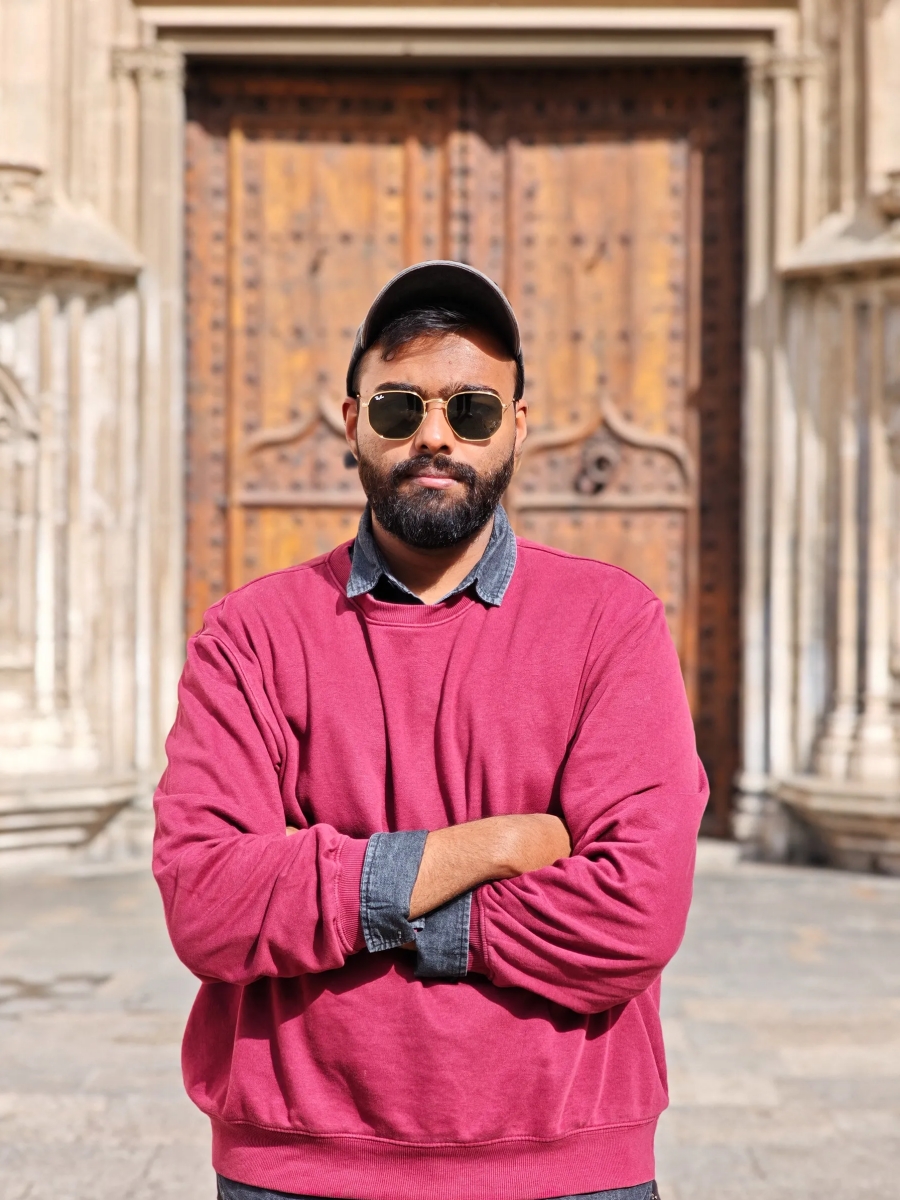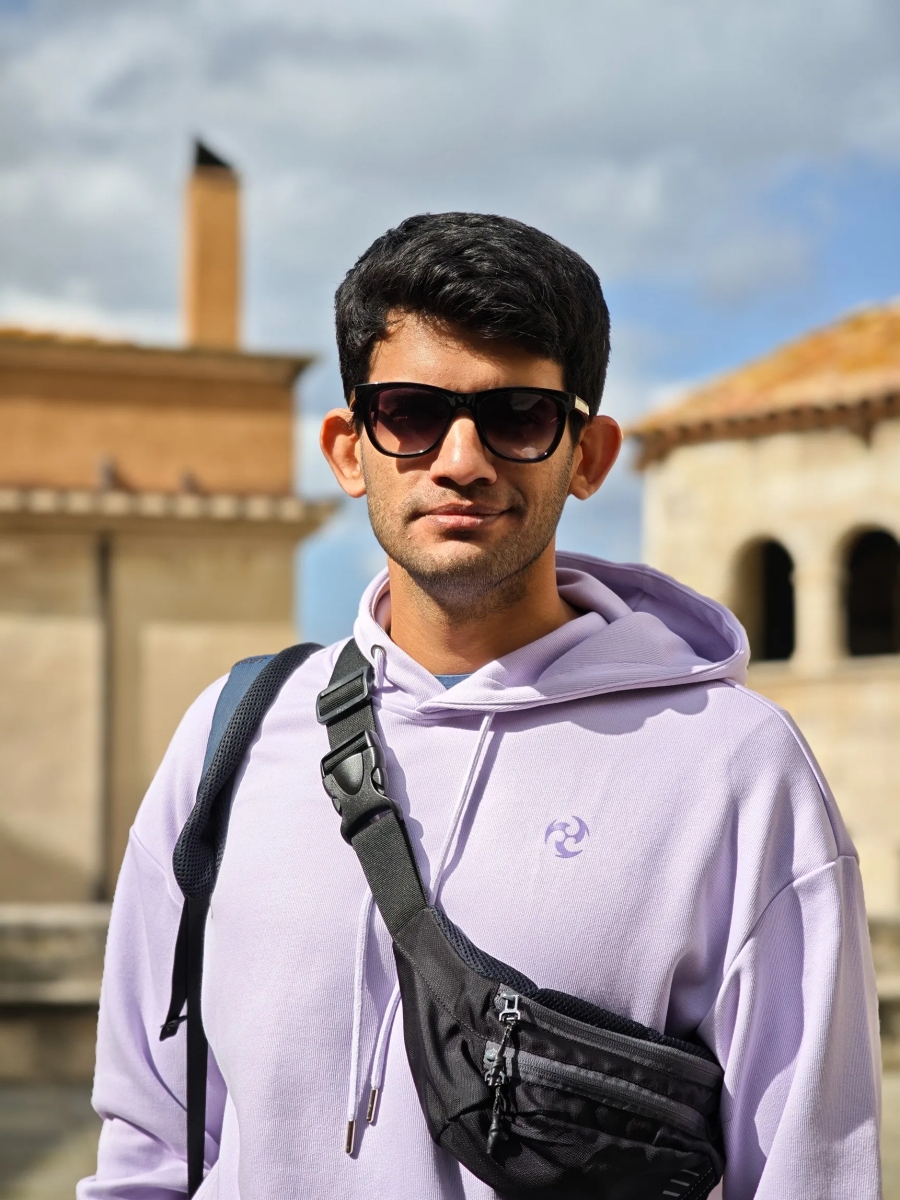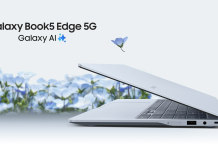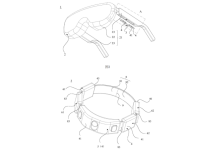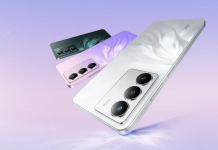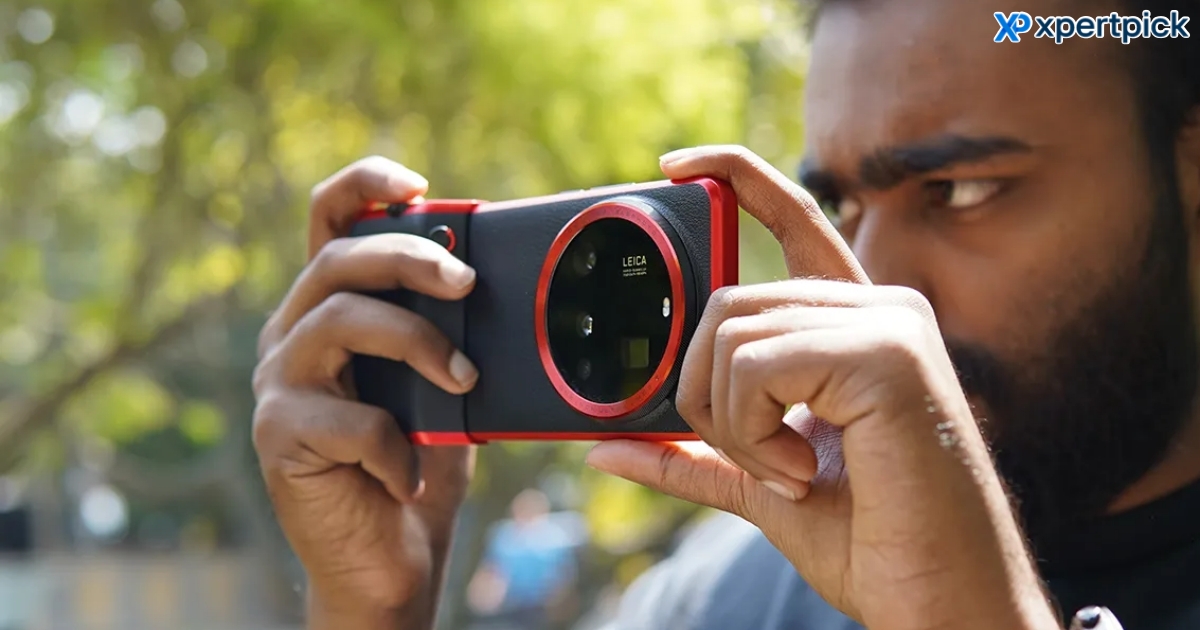
In today’s smartphone landscape, the camera is often the deciding factor. We have moved beyond the megapixel wars to a world where versatility matters just as much as raw specifications, which is why ultrawide and telephoto lenses have become essentials. However, phonemakers often skip one in favour of the other, especially in the mid-range segment.
Between the two, the ultrawide lens is more common and can easily be found on smartphones starting from as low as Rs 15,000. Telephoto lenses enter the picture when we enter the Rs 25,000 segment. This raises a big question: Which of the two special lenses truly matters more for everyday utility, storytelling, and capturing the perfect shot? Let’s discuss and find out.
Ultrawide vs Telephoto: Resolution Matters
Budget and mid-range smartphones usually feature ultrawide lenses with 8MP resolution. This increases up to 50MP as we climb the price ladder and move towards flagships. Since the ultrawide lens is intended to capture a wider field-of-view, the higher resolution helps to retain more details. Hence, results from a 50MP wide-angle lens will be much better than an 8MP sensor.
However, smartphones do not save images at a full 50MP resolution, as this increases the file size and strains the image signal processor. Hence, they make use of pixel binning technology, where four pixels combine together using advanced software algorithms to form a single large pixel. This increases the amount of light captured by each pixel, and when this 50MP image is scaled down to 12MP, it contains more details, textures, and accurate colours.
The same stands true for telephoto lenses as well, where you can experience better zoomed images on devices with higher resolution sensors. This is why flagship devices such as the Vivo X200 Ultra, Xiaomi 15 Ultra, and others use a 50MP telelphoto sensor, even though the final image is saved at a much lower resolution.
The Ultrawide Lens: Bigger Scene, Bigger Impact
The ultrawide lens is a go-to for landscape lovers, architecture nerds, and group photo enthusiasts. It captures more of the world in a single frame. What makes them truly special is how instinctively we switch to the ultrawide lens to fit something broader. It’s an extension of our eyes when we want to take in more.
Here’s a real-world example that we captured on the Xiaomi 15 Ultra. In this picture of the seaside, the ultrawide lens helped to capture a wider landscape by including the rocks, subtle waves, and the distant blue water. If our phone only had a telephoto lens, the zoomed-in image would have missed gathering all of these details, and we would only see water.

Over the years, ultrawide lenses on smartphone cameras have evolved to have minimal fish-eye effect. This is achieved by using better lenses and even enhanced image processing. Even budget phones now capture natural-looking wide shots without any major distortion.
The Telephoto Lens: Bringing Things Closer
On the other end of the spectrum, telephoto lenses bring the action closer. Whether it’s capturing details from a distant building or simply zooming in on the artist at an event, the uses are endless. Telephoto lenses are also available in periscope style, offering up to 10x optical zoom.
Here are some camera samples from the Xiaomi 15 Ultra that capture amazing details of far-away objects, without any loss in image quality.
The real advantage of telephoto lenses comes in portrait photography. You might have noticed that images clicked in portrait mode have a slight 2x or 3x zoom effect, which adds depth and a professional look to the shot. While most phones achieve this using digital zoom, devices with a telephoto lens produce higher-quality portrait images. Here are some examples:
Best Phones With Ultrawide and Telephoto Lenses
Based on our first-hand testing of a wide range of smartphones, the Vivo X200 Ultra, Xiaomi 15 Ultra, and the OPPO Find X8 Pro have among the best telephoto lenses. These devices produce better zoomed-in images than the Samsung Galaxy S25 Ultra, the OnePlus 13, and the iPhone 16 Pro Max.
For ultrawide lenses, devices in the mid-range segment of up to Rs 25,000 produce decent results. However, they often lack details, and the images have blurry effects and poor dynamic range. Among the devices we tested, we found the Vivo X200 Ultra to produce the best ultrawide shots, thanks to its Zeiss optics. The results from the Galaxy S25 Ultra were also great, but Vivo triumphs over it.
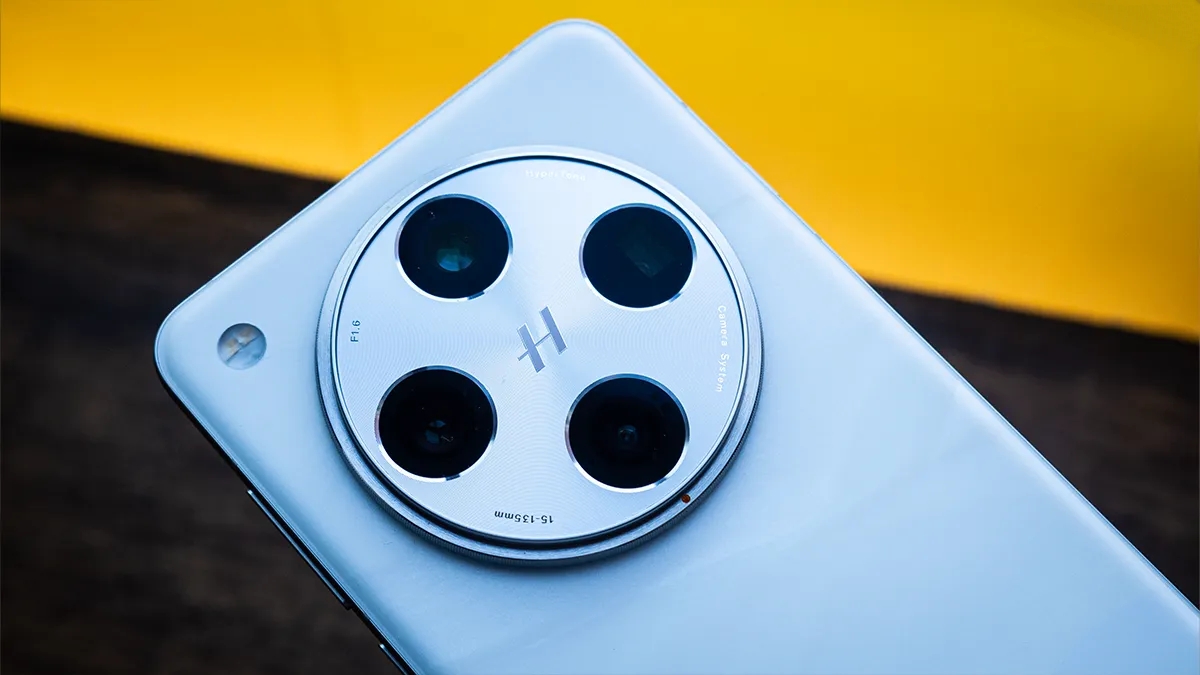
But does this mean that only flagships can leverage the best photography from ultrawide and telephoto lenses? The short answer is yes. Top-end devices feature high-quality camera sensors, professional-grade lenses and imaging systems (Zeiss, Hasselblad, Leica, etc), and also have powerful post-processing. These features are often missing on devices priced below Rs 30,000.
Mid-range phones typically have a bare-bones setup when it comes to ultrawide and telephoto lenses. While these are functional, they lack the surrounding architecture, which is needed to produce the wow factor in a photo.
Which is more useful?
Here’s where it gets interesting. Ultrawide lenses are more suited for spontaneous usage, especially outdoors when you are on a trip, adventure ride, etc. On the flip side, telephoto sensors require you to plan the shot thoroughly, where you have to imagine your expected result in your mind first, and then try to recreate it.
From a technical perspective, each serves its own purpose, and there’s no direct comparison between them. Ultrawide lenses are more popular on mid-range devices because the lens mechanism is comparatively cheaper than that of telephoto lenses. Many phones now use AI processing to achieve lossless digital zoom, which further leans phonemakers towards ultrawide instead of telephoto.
Ultrawide vs Telephoto: The Ultimate Verdict
If you have to pick just one additional lens beyond the main sensor, then the ultrawide lens appears to be more functional, considering the advanced software-powered zooming features in the latest phones. However, if you want high-quality portrait images with a natural bokeh effect, then the best results come from a telephoto lens.
But if you are an enthusiast who likes to capture images of really distant objects, let’s say, birdwatching, wildlife treks, or simply gathering the details of city life, then periscope-style telephoto lenses are best suited for you. Periscope lenses often provide better results than a professional pair of binoculars. You might not use this on a regular basis, but when you do, the ‘Wow Factor’ is unmatched by any other lens type.
Devices like the Nothing Phone (3a) and the CMF Phone 2 Pro are now bringing both ultrawide and telephoto cameras under Rs 25,000. The novelty of having both lenses was previously exclusive to flagship and high-end phones, but we can soon expect more smartphones to follow the trend at affordable prices.




